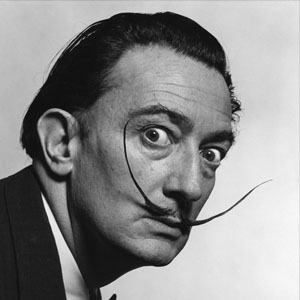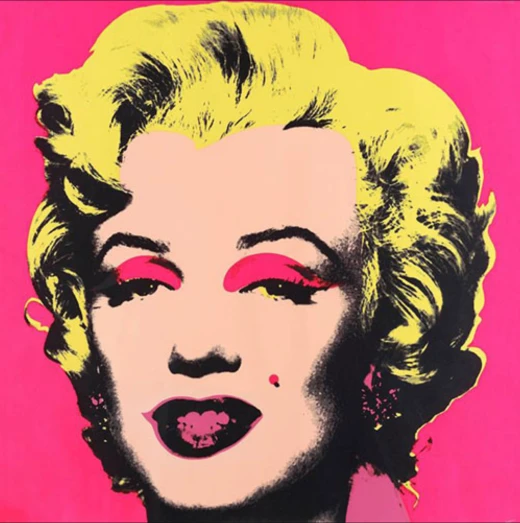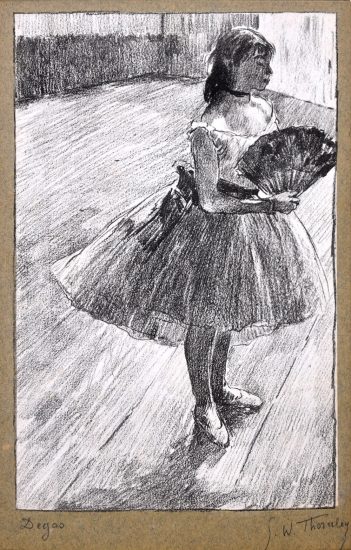
The Museum of Modern Art in New York City is arguably one of the most influential artistic institutions in the United States. With a massive and diverse collection of art, it can be an overwhelming experience. From artists like Van Gogh to Warhol, the MoMA has everything, and even for art museum veterans it is a huge undertaking. To make sure you get to most out of your MoMA visit, here are 5 must-see pieces in their collection.
The Starry Night by Vincent Van Gogh
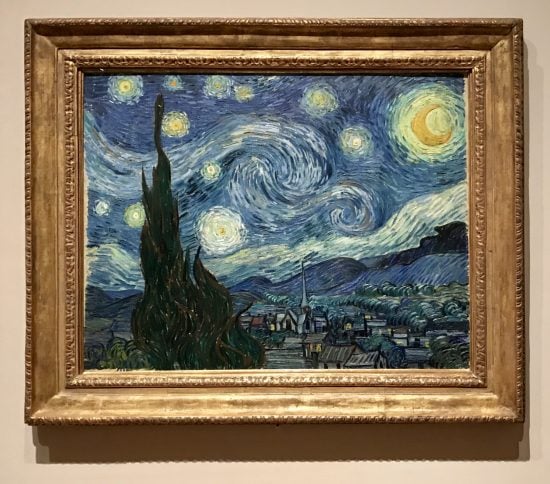
This oil painting painted in 1889 is a hallmark of the Impressionist period. One of the most recognizable paintings in the museum, Van Gogh’s The Starry Night is a treasure to behold in person. The magic of this work lies in Van Gogh’s expressive and fluid brush strokes, which add texture and energy to the canvas. The landscape composition was painted from memory during Van Gogh’s year-long stay at the Saint-Paul-de-Mausole asylum in France. The swirling star-filled sky and bright moon have charmed people for decades after Van Gogh’s death, and makes for an essential stop in your MoMA tour.
The Persistence of Memory by Salvador Dali
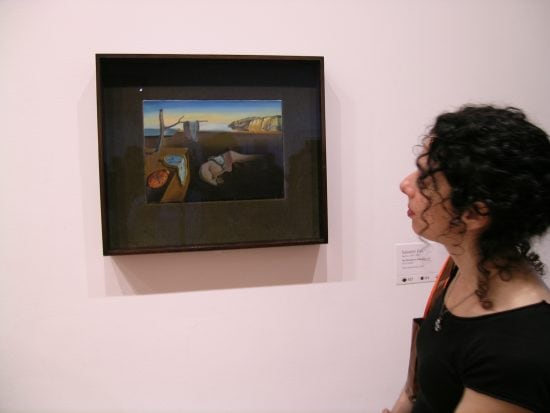
Painted in 1931, this work remains the poster child for Surrealism. The small canvas is bursting with warm colors and smooth textures, showcasing Dali’s unusual subject matter. Clocks melt over different surfaces in the landscape, creating a dream-like hallucination. Dali called many of his works "hand-painted dream photographs." Surrealism was a heavily influential art movement that opened up artistic freedom and allowed artists to explore non-traditional subjects.
Water Lilies by Claude Monet
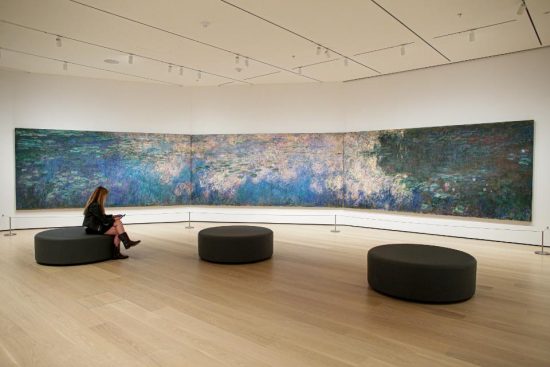
Another iconic work from the Impressionist period, Monet’s Water Lilies is an incredible work whose beauty is only magnified in person. Like many Impressionist works, the viewer’s experience changes as they get closer and move further away from the painting, which really can only be experienced in person. The panels are large and span an entire wall, creating an immersive and overwhelming viewing experience. The MoMA acquired the first panel in 1955 and now housed a collection of Water Lilies, becoming some of their most loved works in the museum.
One: Number 31, 1950 by Jackson Pollock
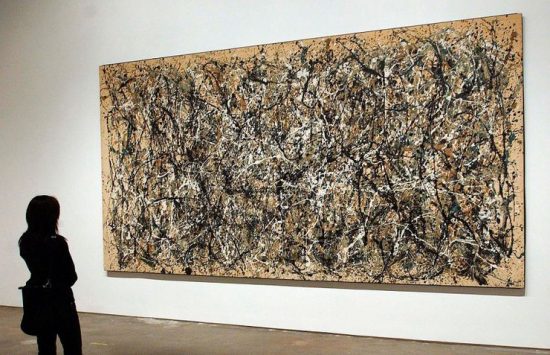
Jackson Pollock is one of the most famous Abstract Expressionists and to this day his drip paintings intrigue people around the world. For the first time in art history, the artist’s process and technique was just as much a part of the artwork as the finished product itself. Pollock would lay his canvases on the ground and drip and fling thinned enamel paint, creating shapes and lines that captured his emotions and energy. One: Number 31, 1950 is a large painting that is impressive to see in person. The MoMA acquired this work four months after Pollock’s death in 1956.
Campbell’s Soup Cans by Andy Warhol
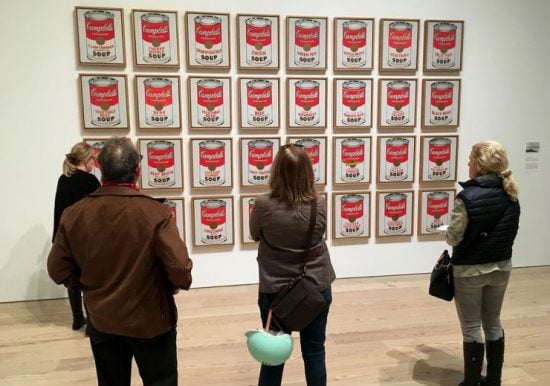
Andy Warhol became known for his repetitive screenprinted images of commercial products in the 1960s. In 1968, he created his first Campbell’s Soup Cans portfolio and it remains one of his most popular works. He once stated about the inspiration for the work: "I used to have the same lunch every day, for twenty years, I guess, the same thing over and over again." Warhol would spearhead the Pop Art movement of the 1960s and 1970s and cement himself as one of the most influential artists of the 20th century. Warhol’s screenprints are brightly colored and exciting to see in person, as well as instantly recognizable.

